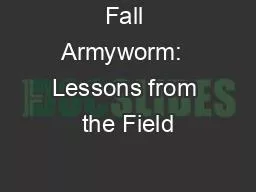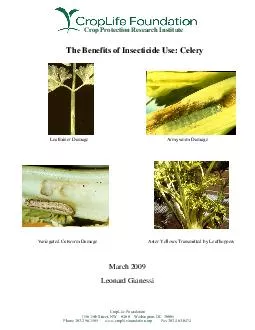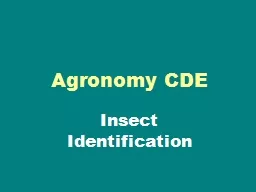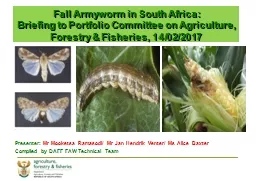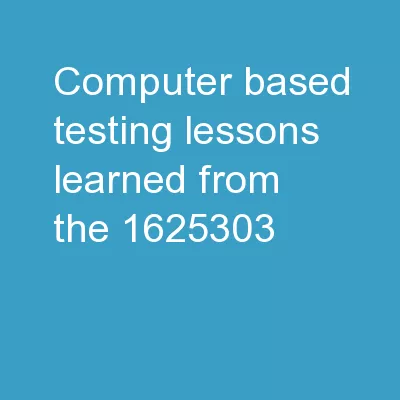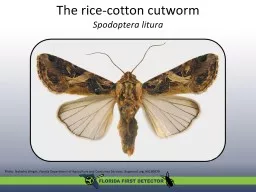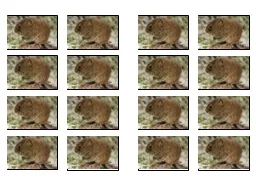PPT-Fall Armyworm: Lessons from the Field
Author : bikerssurebig | Published Date : 2020-10-01
July 24 2019 Emmanuel Dormon Chief of Party USAIDGhana ADVANCE II Activity Patricia Gichinga Head of Productions the Mediae Company Silvanus Mruma Component
Presentation Embed Code
Download Presentation
Download Presentation The PPT/PDF document "Fall Armyworm: Lessons from the Field" is the property of its rightful owner. Permission is granted to download and print the materials on this website for personal, non-commercial use only, and to display it on your personal computer provided you do not modify the materials and that you retain all copyright notices contained in the materials. By downloading content from our website, you accept the terms of this agreement.
Fall Armyworm: Lessons from the Field: Transcript
Download Rules Of Document
"Fall Armyworm: Lessons from the Field"The content belongs to its owner. You may download and print it for personal use, without modification, and keep all copyright notices. By downloading, you agree to these terms.
Related Documents

